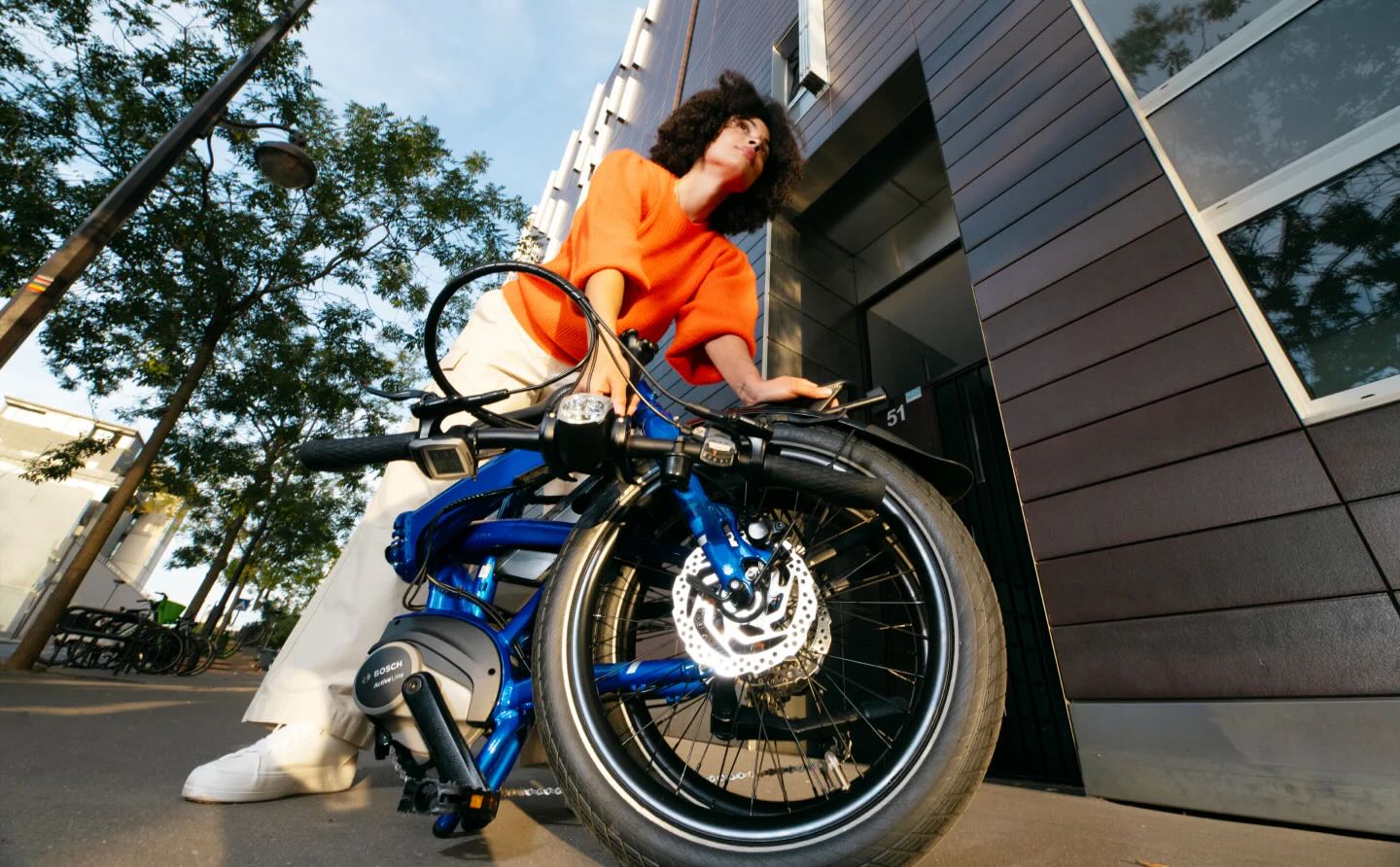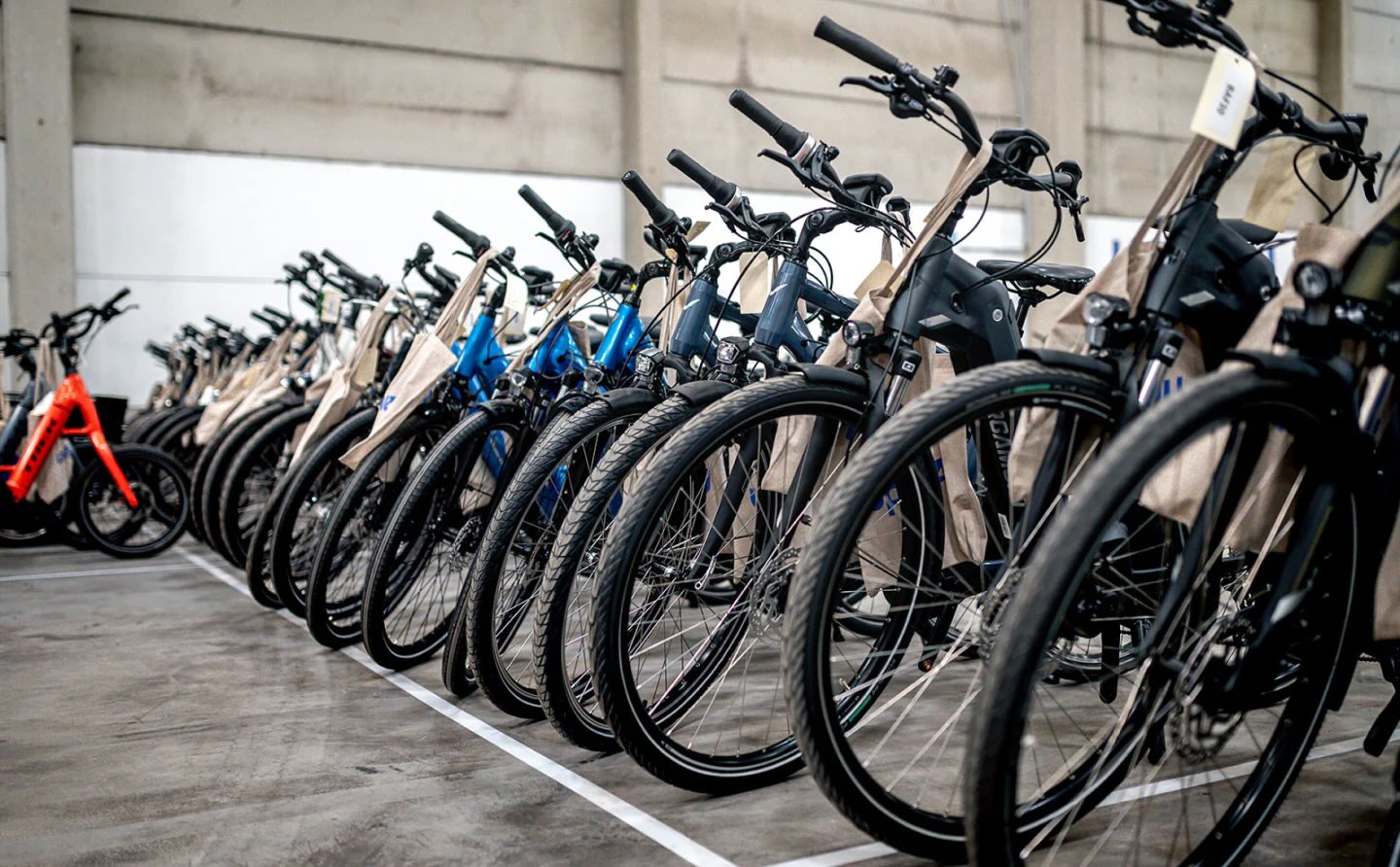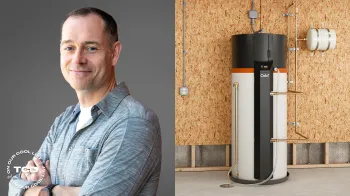A family of wild hogs wandered into a Texas neighborhood, catching residents off guard. While the sight might have seemed unusual, encounters like this are becoming more frequent — and they are a sign of a broader issue.
What's happening?
Residents of Beeville, Texas, reported seeing wild hogs roaming through their neighborhood in January, prompting a response from local Animal Control officers, ABC affiliate KIII 3 News reported. Turns out, these weren't just any hogs — they were javelinas, a protected species native to the Southwest.
Since they're protected, Animal Control couldn't just relocate them. Instead, officers tried to guide the animals back to nearby brush and reached out to Texas Parks and Wildlife for advice.
|
Do you worry about getting diseases from bug bites?
Click your choice to see results and speak your mind. |
Javelinas aren't aggressive by nature, but they will defend themselves — especially if they feel threatened or have young nearby. Officials are urging residents to keep pets leashed, stay alert while walking, and avoid feeding these animals. Similar reports of javelinas entering residential areas have been rising in parts of Texas, often linked to habitat loss and shrinking food sources.
Why do these wildlife encounters matter?
Frequent wildlife sightings in urban spaces signal deeper environmental shifts. As urban areas continue to sprawl and climate change disrupts natural ecosystems, animals are losing access to their natural habitats. With fewer resources, they're forced to roam into human-populated areas in search of food and water.
This not only creates potential safety risks for humans and pets but also places additional stress on animal populations struggling to adapt to environmental changes.
Watch now: How bad is a gas stove for your home's indoor air quality?
Javelinas aren't alone in this struggle. Across the country, coyotes, black bears, and more are adapting to shrinking wild spaces. This not only increases the risk of human-wildlife conflicts but also disrupts ecosystems. If habitat destruction continues, these encounters will become even more common.
What's being done to reduce these encounters?
Texas Parks and Wildlife is monitoring the situation and working to balance conservation with community safety. Long-term solutions include protecting green spaces, restoring habitats, and establishing wildlife corridors that give animals safe passage without bringing them into cities and suburbs.
At the individual level, small changes can help. Secure trash bins, avoid leaving pet food outside, and support conservation initiatives that protect native species. Organizations like the Nature Conservancy and local wildlife programs are working to preserve critical habitats and reduce these types of conflicts.
Ultimately, protecting wildlife means protecting the balance of our environment. The more we invest in conservation, the fewer encounters we'll see — and the better the outcome for both people and animals.
TCD Picks » Upway Spotlight
💡Upway makes it easy to find discounts of up to 60% on premium e-bike brands
Join our free newsletter for good news and useful tips, and don't miss this cool list of easy ways to help yourself while helping the planet.














